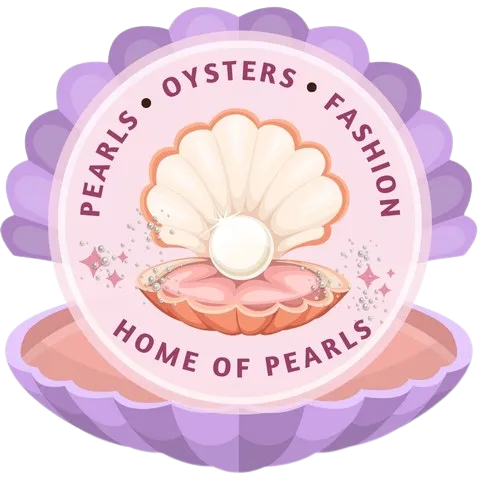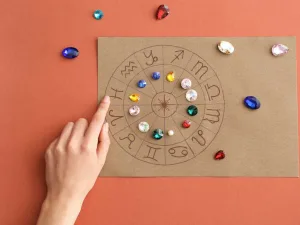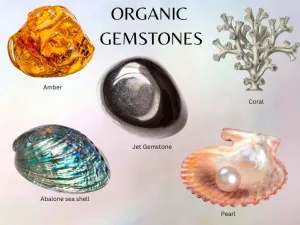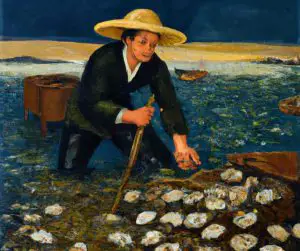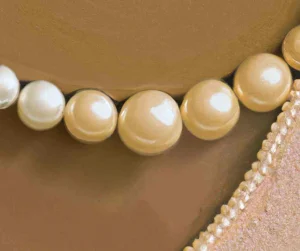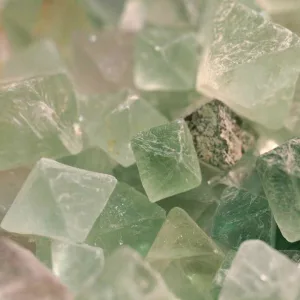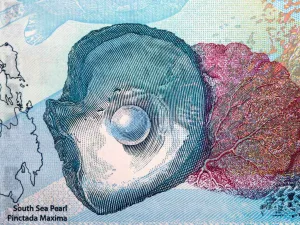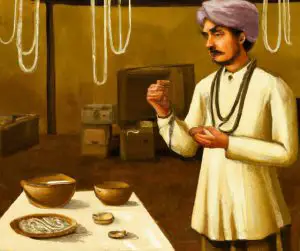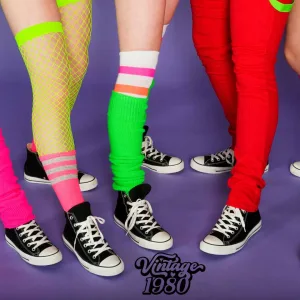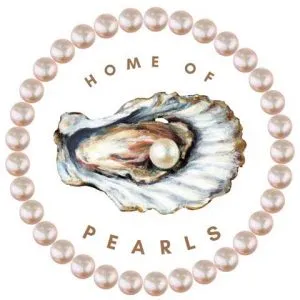Pearls have been a symbol of beauty, wealth, and elegance for centuries. But when it comes to their true worth, many people are left wondering how much cultured pearls are really worth.
Cultured pearls have become increasingly popular in recent years due to their affordability and versatility. But what exactly determines the value of these gorgeous gems?
In this blog post, we’ll explore all aspects related to determining the value of cultured pearls so you can be sure you’re getting your money’s worth!
From understanding what factors influence pricing to caring for your pieces properly – let’s find out just how much those lovely little cultured pearl treasures may be worth!
Table of Contents
- What are Cultured Pearls?
- How Much Do Cultured Pearls Cost?
- What Factors Affect the Value of Cultured Pearls?
- Are Cultured Pearls a Good Investment?
- Conclusion
What are Cultured Pearls?
What are Cultured Pearls?
Cultured pearls are a type of pearl that has been created by a pearl farmer. They are grown in oysters or mussels, which have been carefully nurtured and monitored over time to produce the desired result – a precious gemstone from nature!
The process of creating cultured pearls is very labor intensive and requires a great deal of skill and patience from the pearl farmers.
The first step in creating cultured pearls is to insert an irritant into the mollusk’s mantle tissue. This can be done either manually or with an injection tool, depending on the size of the mollusk being used for cultivation.
The irritant stimulates the production of nacre, which forms around it as layers upon layers until eventually forming what we know as a pearl.
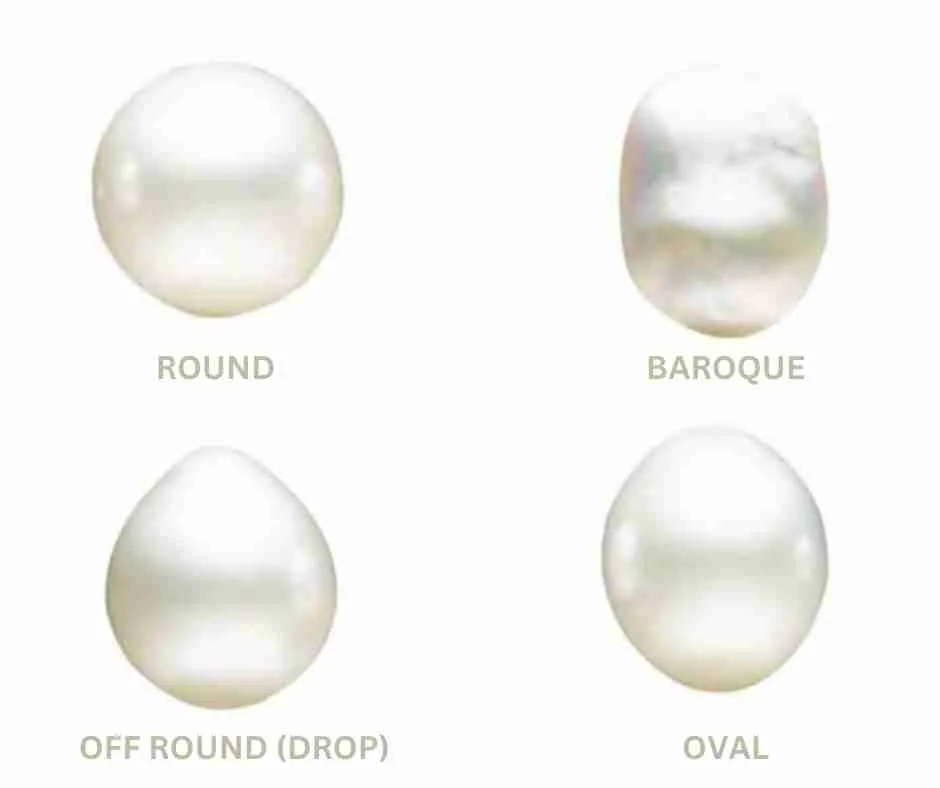
Once formed, these cultured pearls can come in various shapes, such as round, semi-round, oval, button, or baroque (irregularly shaped).
They also come in different sizes ranging from 2mm up to 20mm or more. In addition to this variety in shape and size, they come in many colors, including white, cream/golden yellowish hue, pink/rose hues, etc., making them perfect for any occasion.
How Much Do Cultured Pearls Cost?
The cost of cultured pearls depends on several factors, such as quality (luster), size (diameter), and color, among others.
Generally speaking, though, you can expect prices starting at around $50 USD per strand for small-sized lower, quality ones all way up to thousands if not tens of thousands US Dollars per strand for larger, higher, quality ones.
How Much Do Cultured Pearls Cost?
Cultured pearls are a popular choice for jewelry, and they come in a variety of sizes, shapes, colors, and qualities. The cost of cultured pearls can vary greatly depending on these factors.
Size is one of the main factors that affect the price of cultured pearls. Generally speaking, larger pearls will be more expensive than smaller ones.
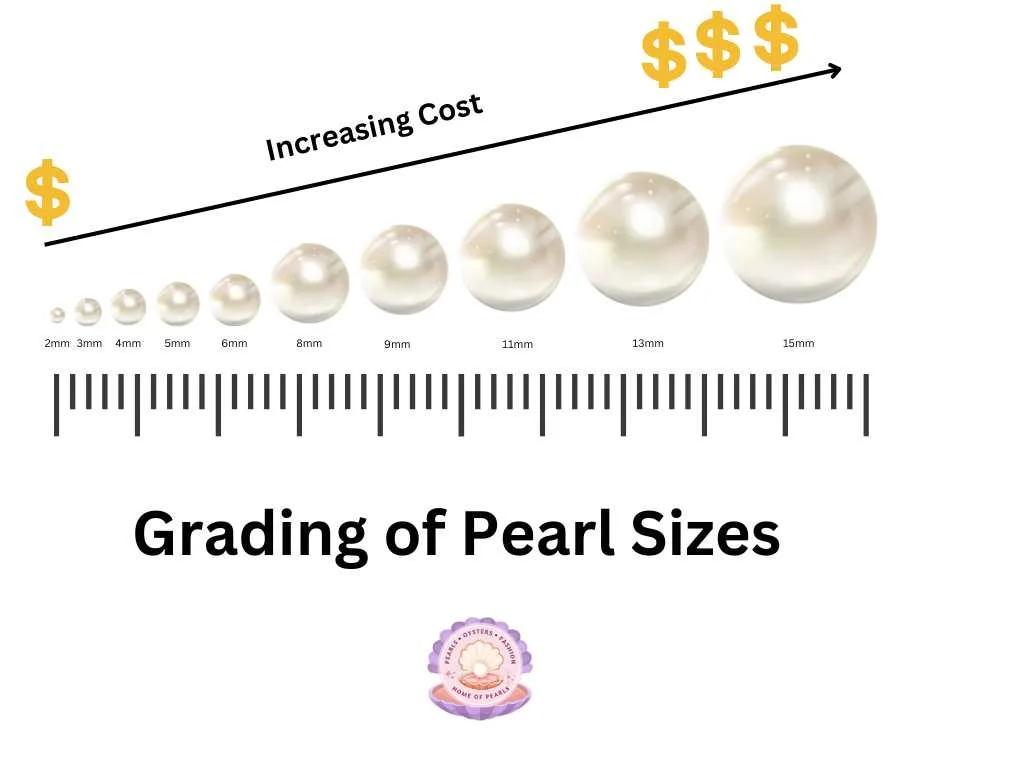
For example, an 8-9mm pearl necklace may cost around $100-$200, while a 12-13mm pearl necklace could cost up to $500 or more.
Also, shape also plays an important role in determining the price of cultured pearls. Perfectly round pearls tend to be more expensive than those with irregular shapes, such as baroque or Keshi varieties.
For instance, a strand of perfectly round Akoya Cultured Pearls may range from $150-$400, while strands made up of baroque or Keshi-shaped Akoya Cultured Pearls could range from $50-$250 depending on size and quality.
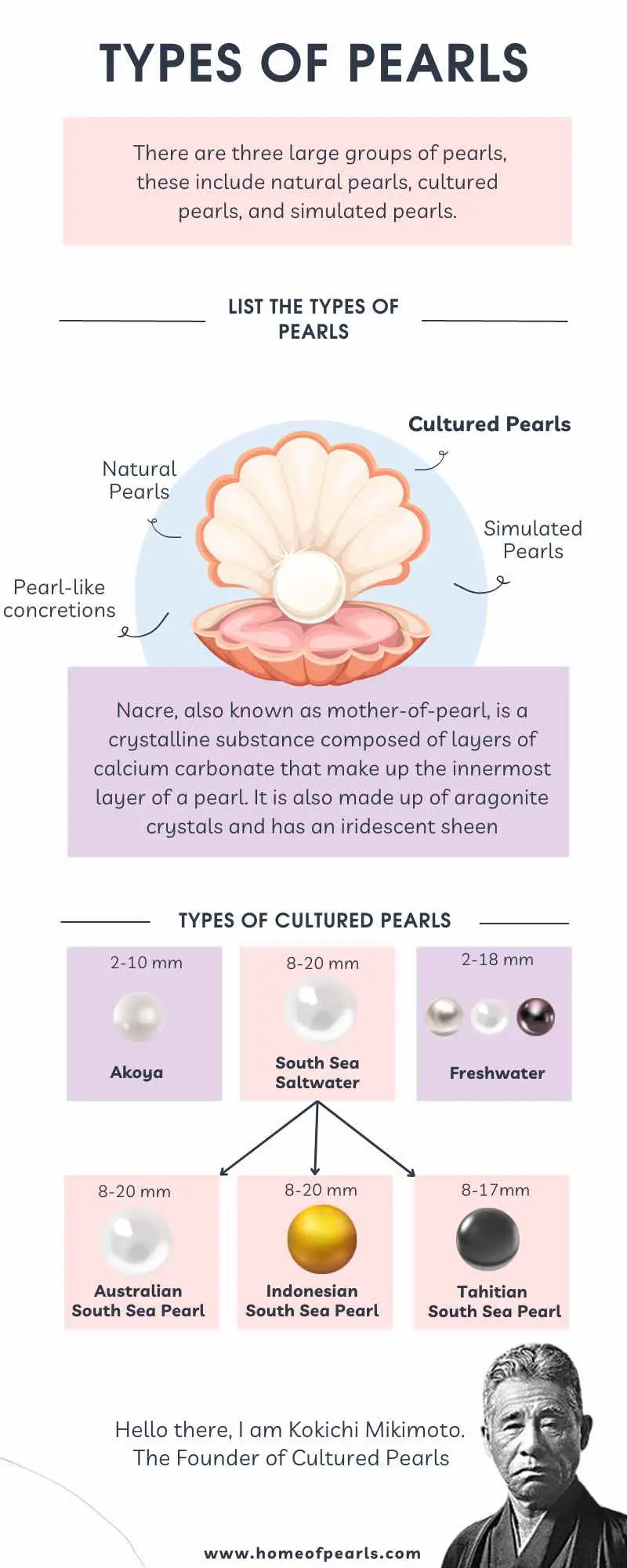
The type of oyster used to create the pearl also has an effect on its price tag; some types are more costly than others due to rarity or difficulty in culturing them successfully.
South Sea Cultured Pearls are typically much pricier than their Akoya counterparts due to their larger size and unique coloration, which makes them highly sought after by collectors and connoisseurs alike.
The prices for South Sea Cultured Pearl necklaces can start at around $1000 but can go upwards into five figures depending on quality and size.
Cultured pearls come in a wide range of prices, depending on the size, shape, and quality. Knowing what factors affect the value of cultured pearls can help you make an informed decision when shopping for them.
Key Takeaway: The cost of cultured pearls can vary greatly depending on the size, shape, type of oyster used to create the pearl, and quality.
Larger pearls will be more expensive than smaller ones, rounder shapes are pricier than irregularly shaped varieties and South Sea Cultured Pearls tend to be much more expensive than Akoya counterparts.
What Factors Affect the Value of Cultured Pearls?
Size is one of the most important factors that affect the value of cultured pearls. Generally, larger pearls are more valuable than smaller ones and can command higher prices due to their rarity.
The size is measured in millimeters (mm) and typically ranges from 4 mm to 16 mm for freshwater pearls and 5 mm to 12mm for saltwater Akoya pearls, and 10-20mm for South Sea Pearls.
Shape also plays a role in determining the value of cultured pearls. Perfectly round-shaped pearls tend to be more expensive than baroque-shaped ones because they are rarer and considered more desirable by pearl buyers.
Rounder shapes include a near-round, semi-round, button, drop, oval, circle, etc., while baroque shapes include off-rounds like potato shapes or Keshi shapes with irregular surfaces.
The luster of a pearl refers to its ability to reflect light which makes it appear shiny or glossy on its surface.
Cultured pearls with high luster have an intense shine that reflects light easily, making them highly sought after by pearl buyers, who will pay premium prices for them compared to those with lower luster quality.
Surface quality is another factor that affects the price of cultured pearls as it determines how smooth or blemished a pearl’s surface appears when viewed under magnification at 10x power level or higher using a jeweler’s loupe tool.
Pearlescent surfaces without any visible flaws such as spots or discolorations usually fetch higher prices than those with noticeable imperfections on their surfaces, even if they have good luster quality otherwise.
Knowing the factors that affect the value of cultured pearls can help you make an informed decision when purchasing them. But are they a good investment? Let’s take a look at how to determine if investing in cultured pearls is right for you.
Key Takeaway: Cultured pearls are valued based on size, shape, luster, and surface quality. Larger and rounder-shaped pearls with high luster and flawless surfaces command higher prices than those with imperfections or lower luster.
Are Cultured Pearls a Good Investment?
Are Cultured Pearls a Good Investment?
Cultured pearls can be an excellent investment if you buy them from a reputable source at a fair price. It’s important to consider the quality of the pearl, as well as its size and shape, when making your purchase.
A good rule of thumb is to look for pearls that are round or near-round in shape, with no visible blemishes or defects on their surface. The larger and more perfect the pearl, the higher its value will likely be.
When it comes to investing in cultured pearls, there are several factors that should be taken into consideration before making your purchase. For example, some types of pearls may appreciate faster than others due to demand from buyers or fashion trends changing over time.
Akoya and South Sea cultured pearls tend to hold their value better than freshwater varieties because they are rarer and more difficult to cultivate successfully.
Additionally, natural color variations can also affect the price of a pearl; white and cream-colored specimens tend to fetch higher prices than those with pinkish or golden hues.
The condition of the pearl is another factor that affects its value significantly; any damage, such as scratches or discoloration (including yellowing), will reduce its worth considerably, so make sure you scrutinize each piece before buying it. Furthermore, proper care must also be taken after purchasing your cultured pearls in order for them to retain their luster and shine over time. This includes storing them away from direct sunlight and other sources of heat/humidity while keeping them clean by wiping them down with a soft cloth regularly (avoid using harsh chemicals).
Finally, it is important not to forget about insurance coverage when investing in high-value pieces like these. Many jewelers offer policies that cover theft, loss, and damage, so make sure you enquire about this prior to committing yourself financially.
Key Takeaway: Cultured pearls can be a great investment if you buy them from a reputable source and take into account their quality, size, shape and color. Additionally, proper care must be taken to maintain their value and insurance should also be considered.
Conclusion
Cultured pearls are a timeless and classic accessory that can be enjoyed for generations. Their beauty, rarity, and value make them an excellent investment. Knowing how much-cultured pearls are worth is important when making the decision to purchase them. Factors such as size, shape, color, luster, surface quality, and nacre thickness all affect the price of a pearl.
